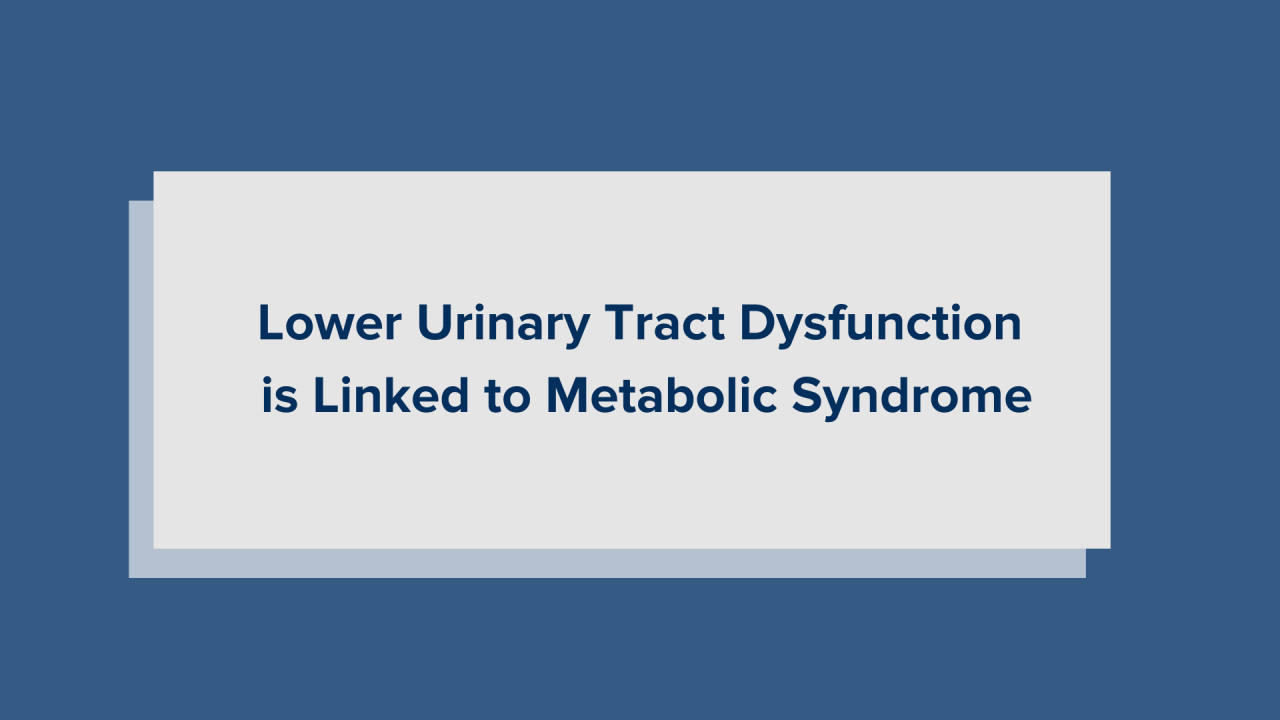
Lower Urinary Tract Dysfunction is Linked to Metabolic Syndrome
Lower urinary tract (LUT) dysfunction is prevalent in older adults. Clinical manifestations include urinary retention, incontinence and recurrent urinary tract infections. Bladder catheters and increased risk for infections requiring outpatient antibiotic treatment or hospitalization frequently result. This is often followed by the loss of independence and the need for long-term care in skilled nursing facilities or at home. Although age-associated LUT dysfunction is common and responsible for significant morbidity, compromised quality of life and rising healthcare costs in older adults, how it develops is not well understood. Scientists are learning that it may have to do with a faulty metabolism. Researchers including those at the Icahn School of Medicine at Mount Sinai, New York, and the Wisconsin and California National Primate Research Centers investigated LUT function in both adult and aged female rhesus monkeys through urodynamic studies and metabolic markers. The adult monkeys’ ages ranged from 4 to 15 years (approximately equivalent to 12-45 years in humans) and the older animals’ ages ranged from 20 to 32 years (approximately equivalent to 60-96 years in humans).
Notably, the researchers found that detrusor underactivity (DU) was associated with increases in specific metabolic markers. They published their findings in Scientific Reports (Nature Springer) in April 2023. The bladder wall is comprised of smooth muscle fibers oriented in multiple different directions and collectively known as the detrusor muscle. This interwoven orientation provides the bladder with the ability to stretch in response to the presence of urine. The researchers found several metabolic syndrome indicators in the aged subjects, such as increases in weight, triglycerides, lactate dehydrogenase (LDH), alanine aminotransferase (ALT), and high sensitivity C-reactive protein (hsCRP). Aspartate aminotransferase (AST) was unaffected and the AST/ALT ratio was reduced.
Overall, these findings demonstrate a strong association between detrusor underactivity and metabolic syndrome in aged female primates. Prior pregnancies and menopause did not affect the study’s results. “Our findings provide insights into possible mechanisms for age-associated detrusor underactivity and may guide new strategies to prevent and treat LUT dysfunction in older adults,” says Ricki Colman, Ph.D., one of the study’s authors and associate professor of cell and regenerative biology at the University of Wisconsin–Madison. “Although this study included only female and no male animals, lower urinary tract function is sexually dimorphic in primates and metabolic syndrome is prevalent in both men and women in the United States,” added senior author Leif Havton, M.D., Ph.D., professor of neurology and neuroscience at the Icahn School of Medicine at Mount Sinai. “Therefore, future studies on metabolism and DU in animal models or in humans would benefit from the inclusion of both male and female participants.” The research was supported by Department of Defense Spinal Cord Injury Research Program, the Dr. Miriam and Sheldon G. Adelson Medical Research Foundation, and the National Primate Research Centers through the National Institutes of Health, Office of Research Infrastructure Programs.
